
Lying in the Atlantic Ocean is a 640 square mile island, the second largest of the Canary Islands (also known as the Canaries); the island of Fuerteventura. In 2009, it was declared a biosphere reserve by UNESCO, and as of 2019, a population of a little over 100,000 inhabited this island. It falls under the political purview of Spain and is a part of the Northern African Region. The name of this island is derived from the Spanish words ‘Fuerte’ meaning strong, and ‘Ventura’ meaning fortune. Fuerteventura has been home to numerous conquests and explorations and is the oldest of the Canary Islands. This treasure is filled with beaches, mountains, forests, and a phenomenal array of wildlife. It is the ideal destination whether you’re looking for a picturesque place to trek, get a taste of culture and performance, or simply sun-bathe, while watching the cascading waves.

(Flickr)
(By lostajy, Wikimedia Commons)
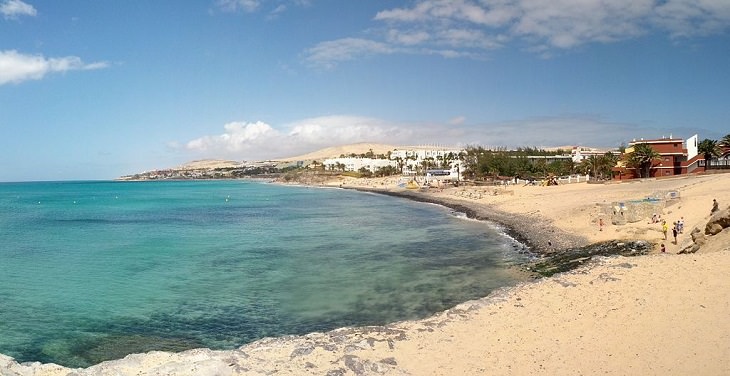
(By Klapi, Wikimedia Commons)
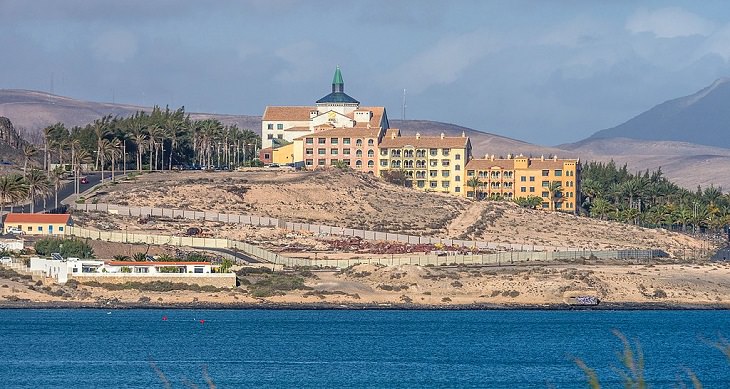
(By Bengt Nyman, Wikimedia Commons)
The beaches are, naturally, the must-visit locations of this island. It has been selected as one of the most attractive tourist destinations for those looking to enjoy cultural heritage and environmental sustainability out of 500 European Nations, by the Quality Coast International Certification Program of the European Coastal and Marine Union.
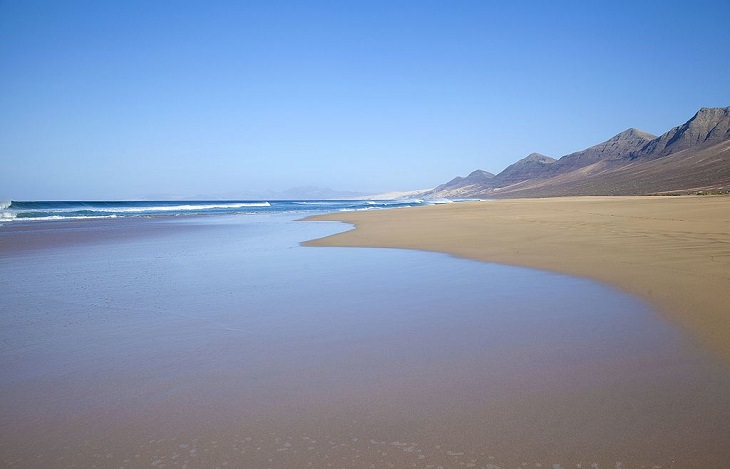
(By Tamara k, Wikimedia Commons)
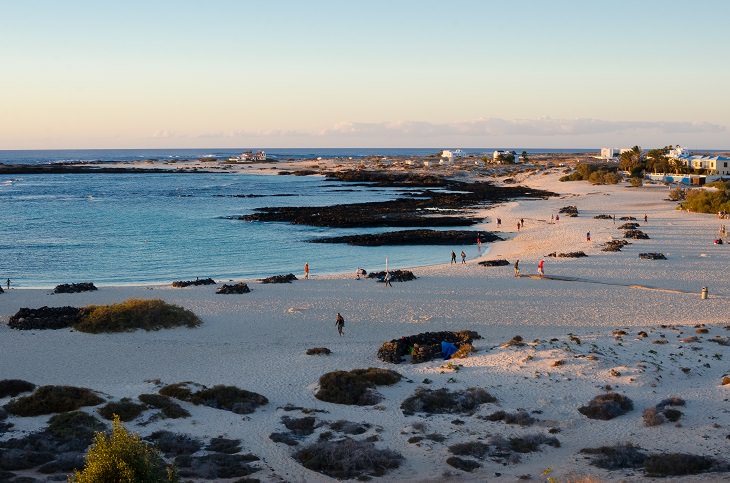
(Flickr)

(By Jarek Prokop, Wikimedia Commons)
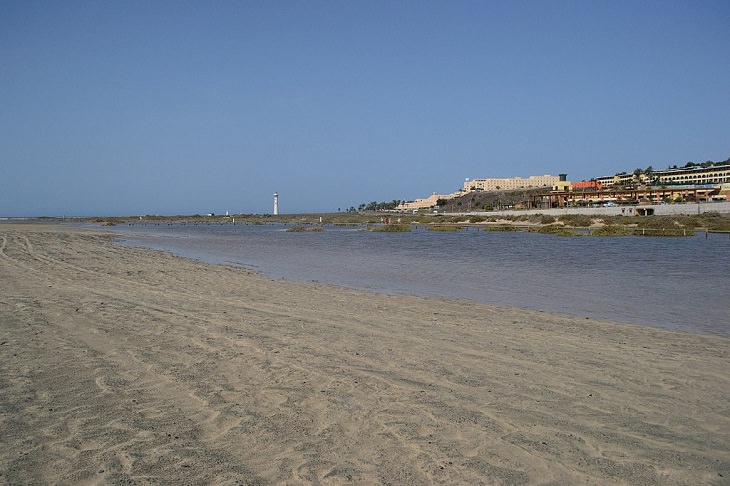
(By Iván Hernández Cazorla, Wikimedia Commons)
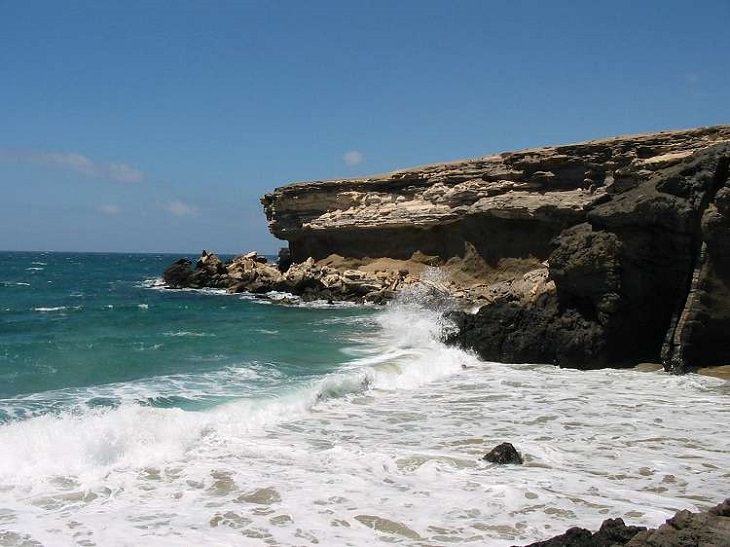
Fuerteventura's formation is dated back to severe volcanic activity around the area of the Canary Islands over 20 million years ago. Though it has been over 5000 years since the island experienced any volcanic activity, it continues to be home to numerous geological marvels. Its unique geological structure and location give it a nearly perfect climate, mixing hot Saharan winds with a good dose of cool island breeze. This allows the island to remain warm and sunny for most of the year, with some precipitation in Autumn and winter. Visiting the island in December isn’t advisable as this is the month that receives the heaviest rainfall.
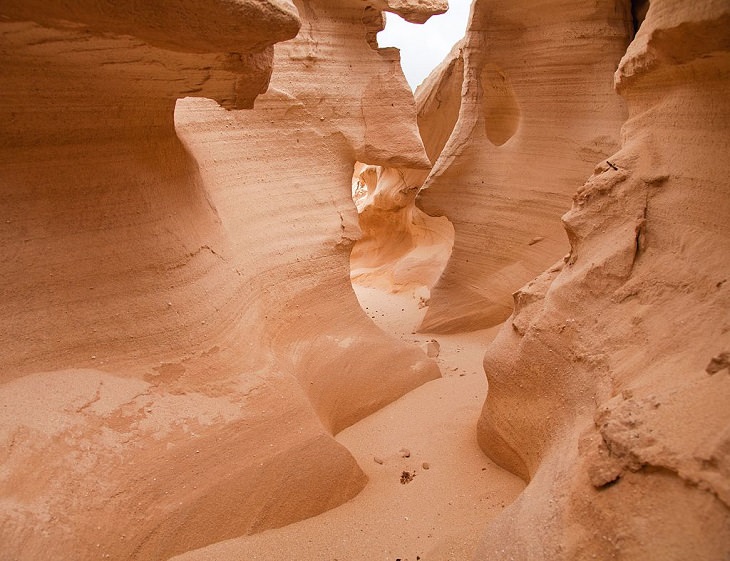
(By Tamara Kulikova, Wikimedia Commons)
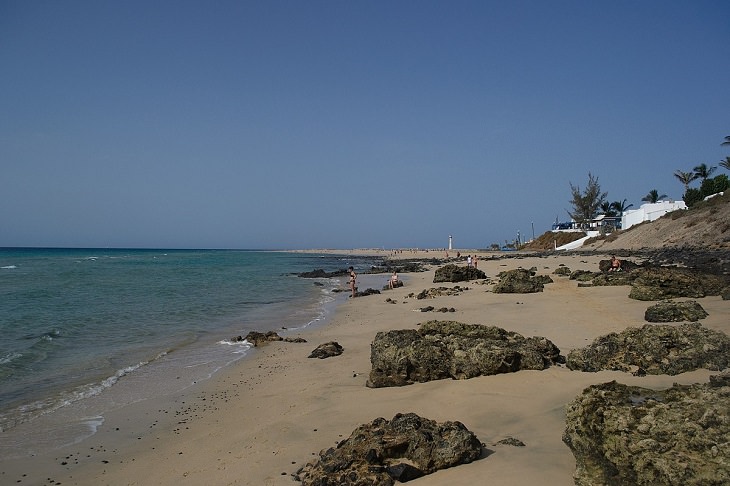
(By Iván Hernández Cazorla, Wikimedia Commons)
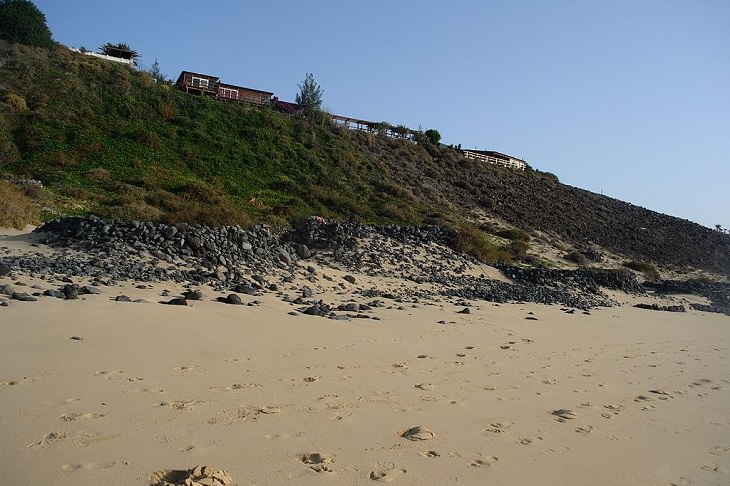
(By Iván Hernández Cazorla, Wikimedia Commons)
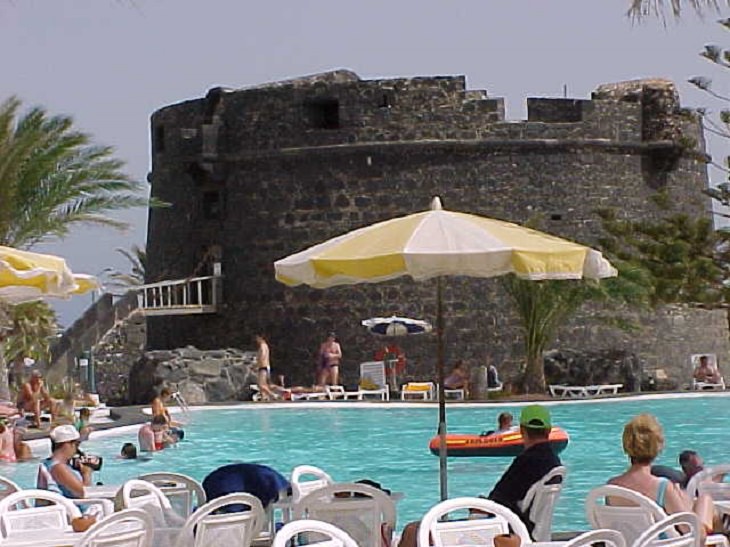
(By Oscar Benito Fraile, Wikimedia Commons)
The island has six major municipalities with over 100 different settlements spread across them. These districts include Antigua, Pájara, Betancuria, La Oliva, Tuineje, and Puerto del Rosario, which is the capital of the island. These districts each have their own assortment of geological features and white sandy beaches.
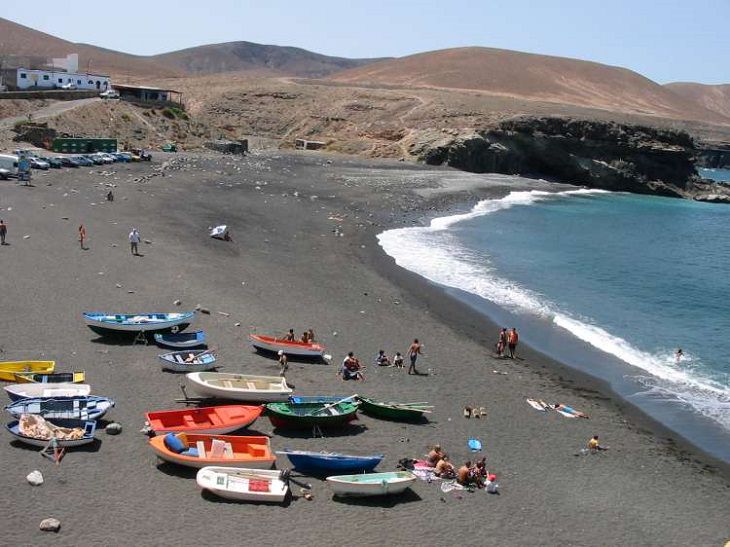
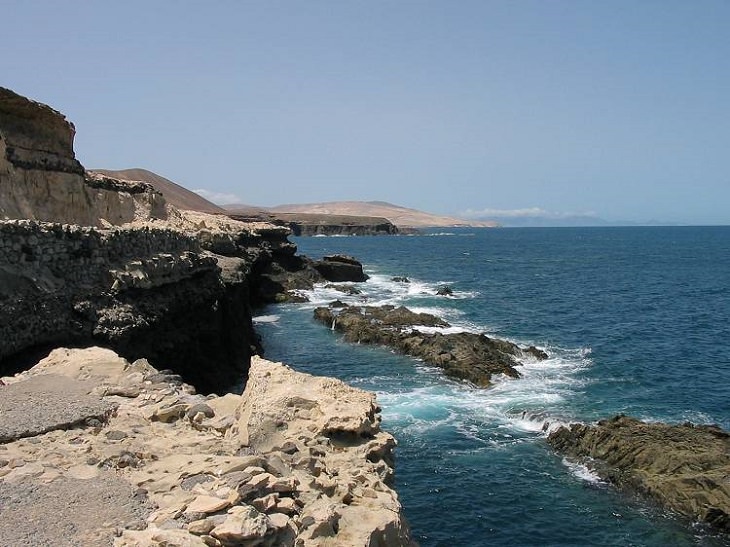
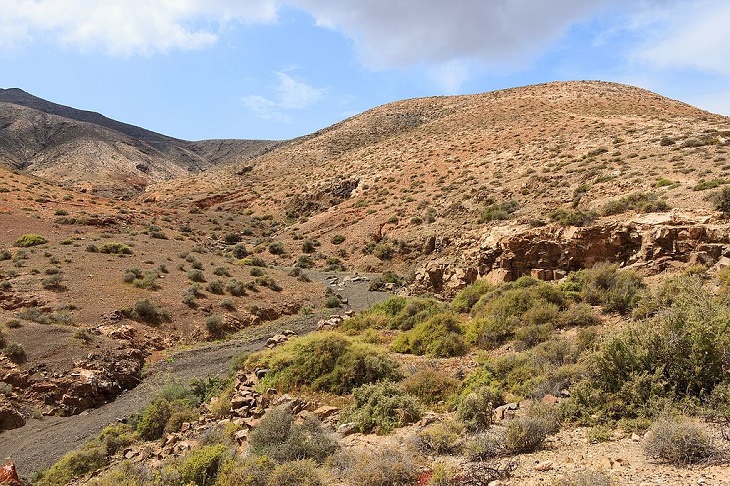
(By H. Zell, Wikimedia Commons)

(By Llez, Wikimedia Commons)
With such a varied and diverse population and historical background, Fuerteventura is a hotbed for cultural activity and historic sites. Like the rest of the Canaries, Carnival is a major festival celebrated every year. If you’re a fan of music, this is the go-to destination. Numerous concerts are organized on an annual basis, the most popular of which is the Festival of Canarian Music.
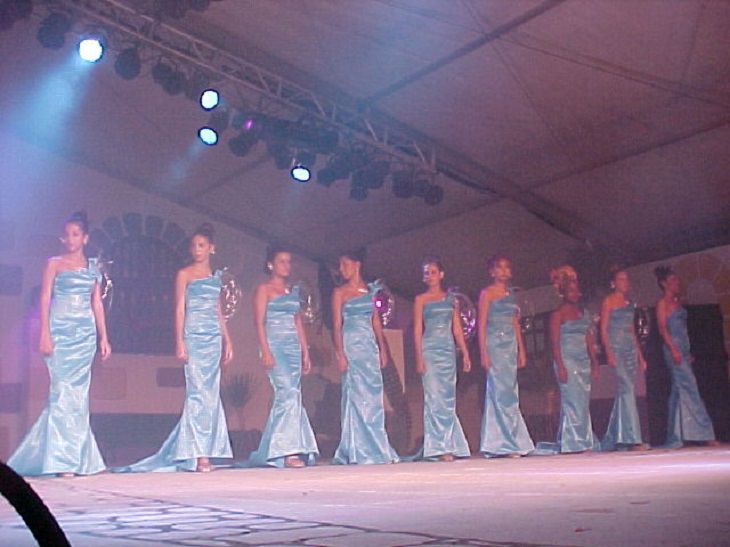
(By Oscar Benito Fraile, Wikimedia Commons)
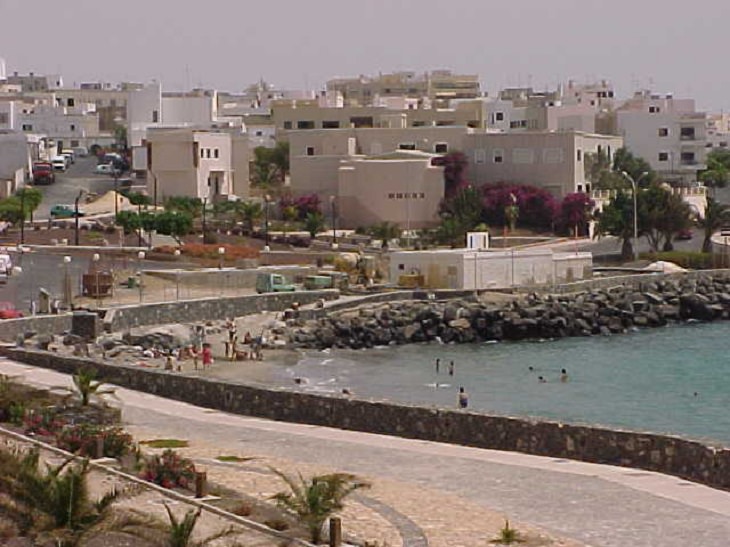
(By Oscar Benito Fraile, Wikimedia Commons)
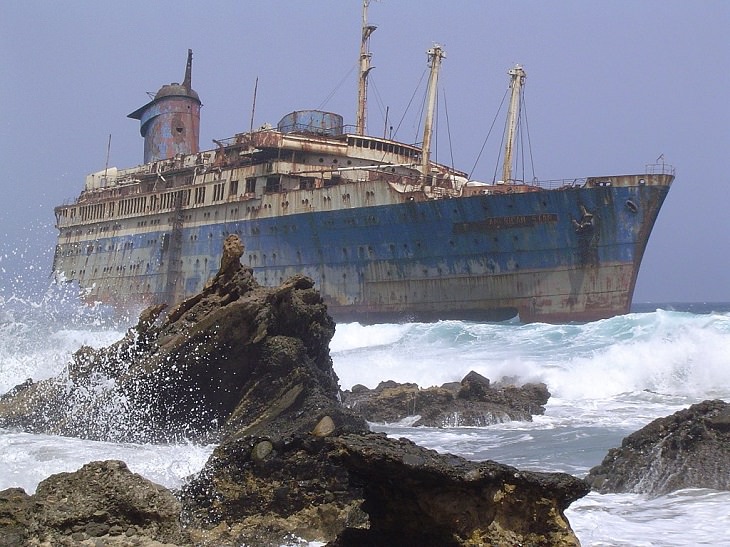
(By Wollex, Wikimedia Commons)
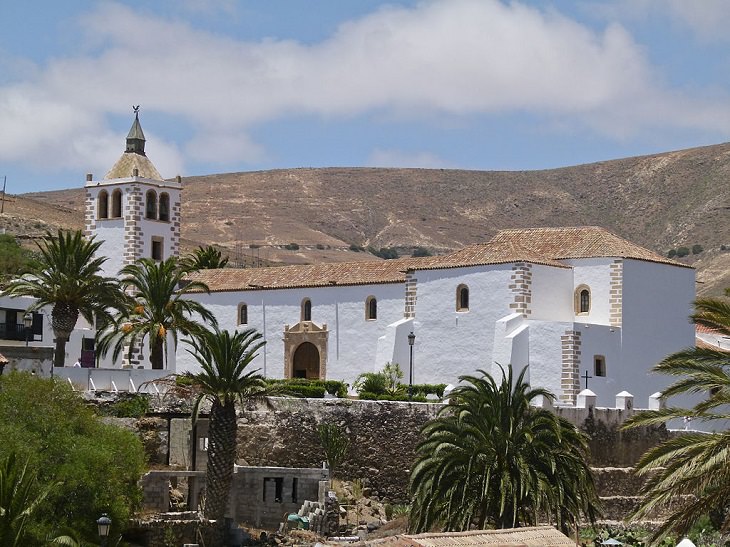
(By Norbert Nagel, Wikimedia Commons)
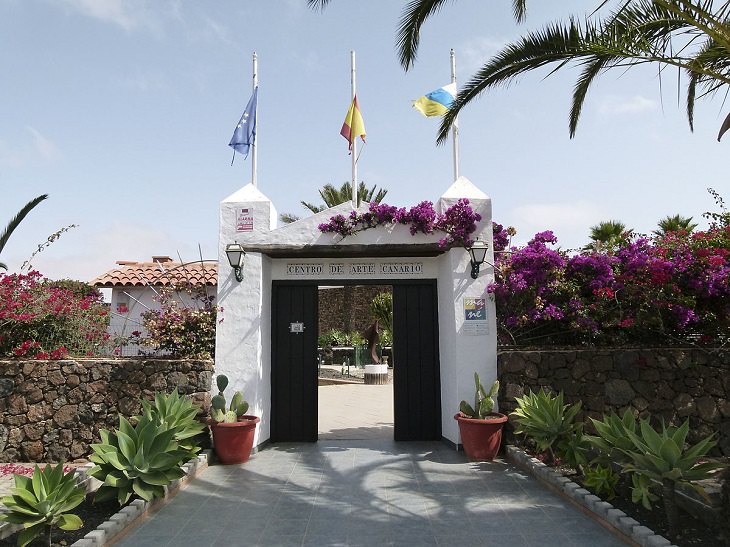
(By Norbert Nagel, Wikimedia Commons)
The wildlife on this island is extremely varied, especially with respect to avian species. In addition to being one of that last two remaining homes of the Canarian Egyptian vulture, Fuerteventura also houses numerous beautiful nesting and migratory birds. While the arid climate would normally not be conducive to a diverse insect population, the lush forests and moist ocean air allow this island to be littered with a gorgeous variety of butterflies (including the monarch butterfly), dragonflies and moths.
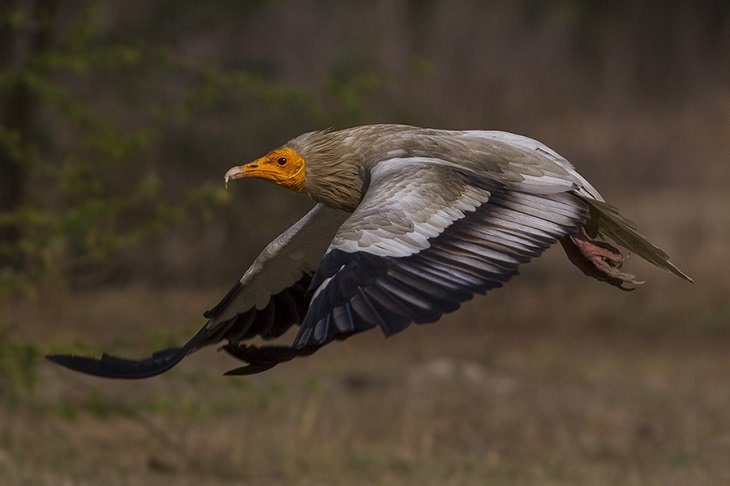
(By Dibyendu Ash, Wikimedia Commons)
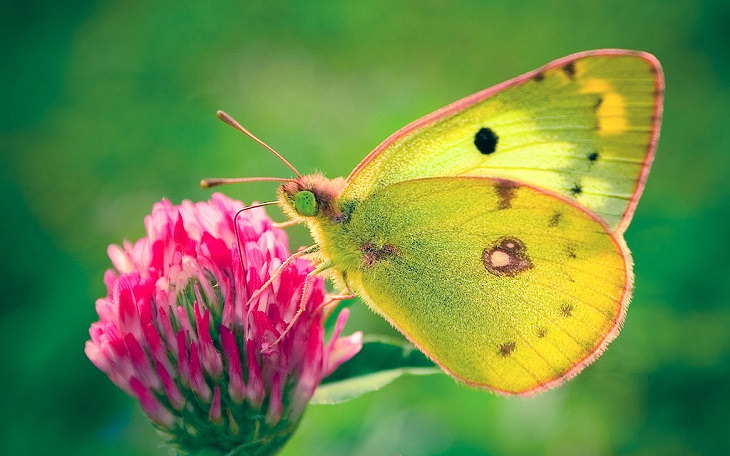
(By Blackasmodeus, Wikimedia Commons)
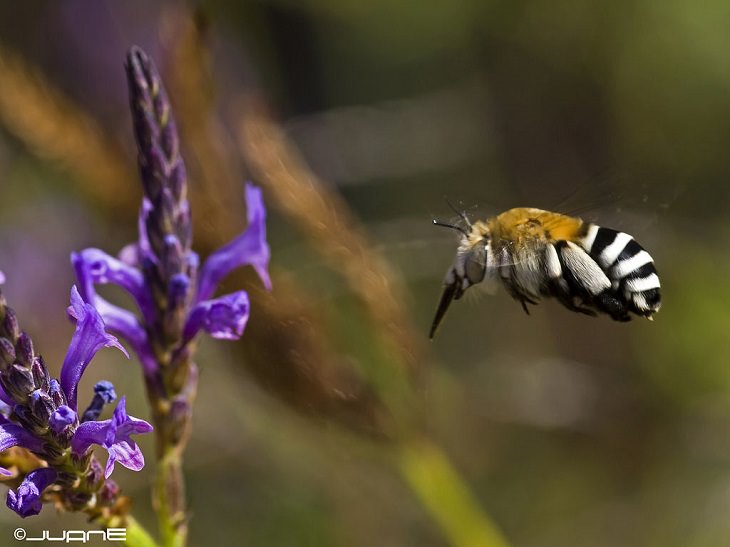
(By Juan Emilio, Wikimedia Commons)
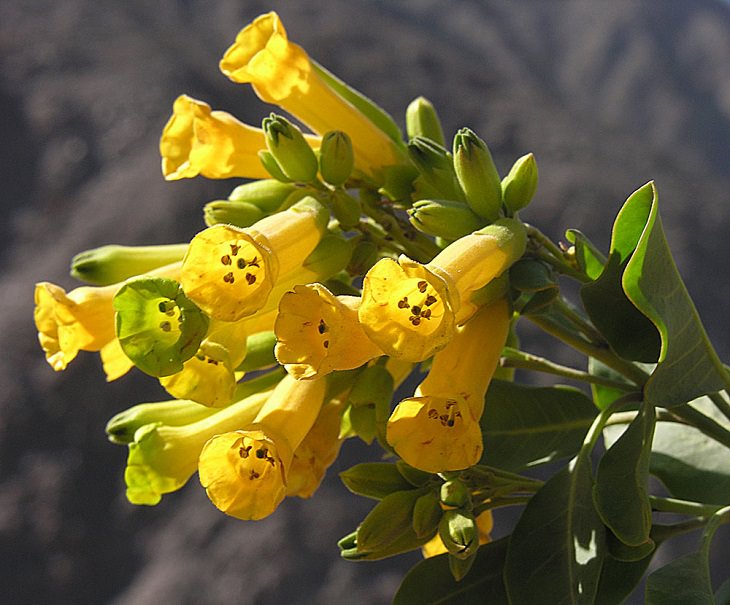
(By Dick Culbert, Wikimedia Commons)